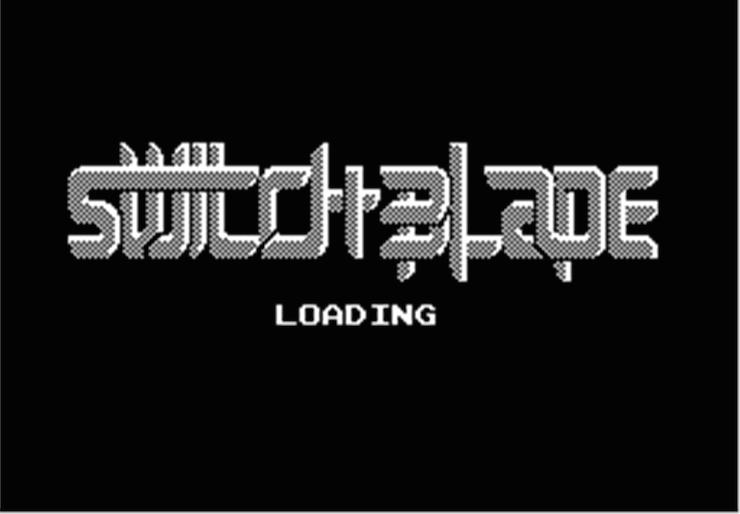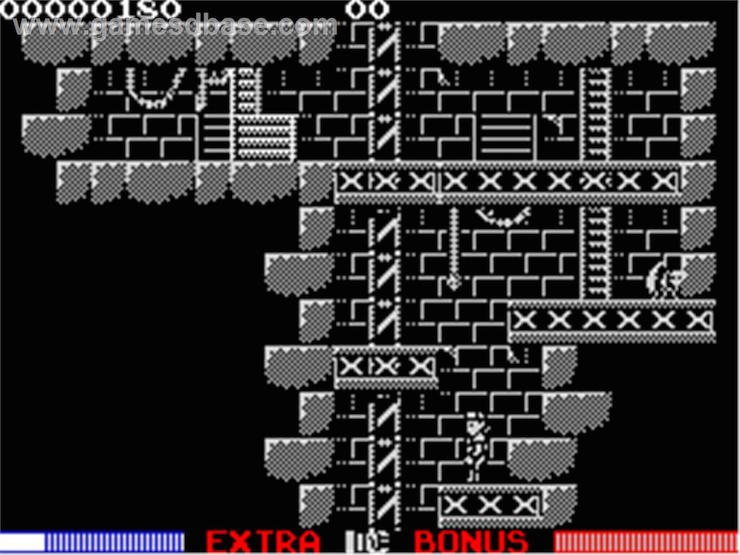In the second of our series about our favourite games, Rich looks back at Switchblade, a title older than half the God is a Geek team.
Switchblade won’t mean much to many of you. Let’s face it, the year 1991 won’t mean much to many of your either, you were probably just a twinkle in your dad’s eye. For me though, it was my second last year of high school before I went to university and it was when the ZX Spectrum under my TV was exhibiting a slow cough, one that would turn into a full death rattle before it disappeared from my life for good. It was battling for space under the television with the Japanese Sega Megadrive I had recently purchased and it was losing in spectacular form to games that had more than sixteen colours, wonders such as parallax scrolling and actual decent music that didn’t sound like a calculator had farted.
I was moving between still reading the delights of Your Sinclair and its over indulgence of covertapes and the youngster on the block in the form of Mean Machines, the publication all about these wonderful 16 bit machines and what the future would hold.
Having held my attention since the previous year when it was previewed, Switchblade was the tale of Hiro, a member of the Switchblade clan, whose sacred relic the Fireblade has been shattered into sixteen pieces. Your job is to head into the underground catacombs, find all the pieces, fix the fireblade and destroy Havoc. It’s great to see how ‘go get a powerful ancient weapon, defeat an ancient force’ storytelling hasn’t really changed in the twenty five years since Switchblade came out. Unlike today, there simply wasn’t the graphical power to give over to ten hours of exposition, subplots and character development. Hiro doesn’t even have a second name, and only has a face because of one screen in the game and yet that’s all the game needs. It’s also probably all the game could have, as you are looking at something that fits into 128k of memory. To put that into perspective, a GB contains 1048576 KB, so you can imagine how much technical prowess Gremlin Graphics possessed to put Switchblade together and get it running.
Of course, there were some sacrifices. The game is completely monochrome in looks, with no colours apart from the user interface, but the clearness of the graphics gave a cold and claustrophobic feel. What also made you feel enclosed and trapped underground was one of the key mechanics of the game. You only saw the rooms you had been in. So when you first head underground, you start off in a small room, with blackness all around you.
Only by moving into the next room will you see what is in there and the room stays lit once it’s been visited. Imagine playing the game in a real time version of the Super Metroid map and you’ll get the picture. What made it interesting was the number of bits of breakable scenery, that either gave you collectables or opened other routes in the map to find the pieces of the shattered Fireblade. Sometimes you would end up cursing yourself for missing something obvious while applauding the game for keeping you always looking out for the next big secret.
Enemies were generally not too difficult to take down, but were vicious if not taken care of quickly enough. luckily you had a range of attacks at your disposal, which for a game where the controls consisted of a joystick and one button still holds up extremely well today. Holding down the fire button for a length of time gives you different heights and strengths of attacks, so it’s important to not just button mash but to think about how and where you want to hit. It meant that combat was precise, slow and very challenging in some places, and often you would have to back off from a fight in order to get to the upper parts of a level before diving back in again. Losing was always down to you, normally because you had taken on more than you could handle, or didn’t have the patience to hit the fire button for the right length of time. However, when it clicked, clearing the levels, finding the pieces of the Fireblade, even facing off against Havoc became something that flowed naturally and muscle memory just took over.
You could clear the whole game in little over an hour, probably forty five minutes once you knew where you were going and where everything was. There was no save states here, when you sat down at the desk to play, you were committing to Hiro’s cause. Looking back now, there is something incredibly attractive about knowing you’ll actually see a story through to end and go toe to toe with Havoc and see the final credits. For a time, the Sega Megadrive sat gathering dust, partly because the games were so expensive and so few and far between and secondly because Switchblade had delivered such a pure gameplay experience.
Even to this day, I’ve not seen Switchblade’s way of revealing levels replicated in another game. Now whether this is down to the lack of resources on the Spectrum, or simply because time moved on to embrace the technicolour mile long rolling levels that Sonic the Hedgehog brought to us the same year and keeping things so simple fell to the wayside, like loading games using tape recorders. What I do know is that for a game that arrived in the at the end of the Spectrum’s life, it has stayed with me for almost twenty five years and still holds a special place in my heart and mind.






